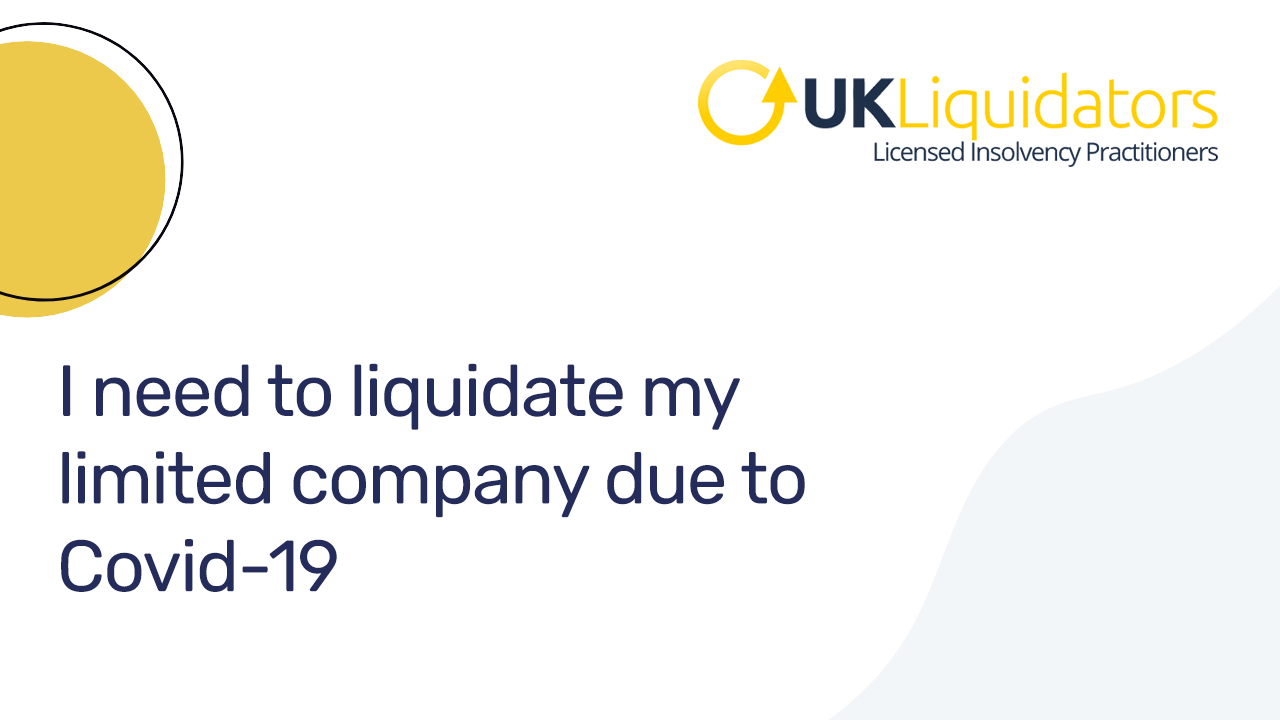The Basic Principles Of Insolvency Practitioner
The Basic Principles Of Insolvency Practitioner
Blog Article
Things about Insolvency Practitioner
Table of ContentsThe 2-Minute Rule for Insolvency PractitionerIndicators on Insolvency Practitioner You Should KnowThe smart Trick of Insolvency Practitioner That Nobody is DiscussingInsolvency Practitioner Fundamentals ExplainedThe Ultimate Guide To Insolvency PractitionerInsolvency Practitioner for DummiesInsolvency Practitioner - The Facts
Insurance coverage is kept track of and controlled by state insurance coverage departments, and among their primary objectives is protecting policyholders from the danger of a company in economic distress. When a firm goes into a period of economic problem and is unable to meet its commitments, the insurance coverage commissioner in the business's home state launches a processdictated by the laws of the statewhereby efforts are made to aid the business restore its monetary footing.If it is determined that the company can not be rehabilitated, the firm is proclaimed insolvent, and the commissioner will certainly ask the state court to get the liquidation of the firm. The insurance commissioner, either selected by the governor or elected, heads the state insurance department and screens and regulates insurance coverage activity within the state.

[Back] By getting control of a company, the commissioner (or the insurance division) is, by regulation, the rehabilitator or liquidator of the company. In this ability, the commissioner or division takes control of the firm's procedures. Rather than do so directly, the commissioner may retain an unique deputy receiver to supervise the firm's tasks.
Our Insolvency Practitioner PDFs
The receiver looks after an accountancy of the company's possessions and liabilities and provides the estate of the company. In doing so, the receiver seeks to make the most of the business's assets, transfer them to cash money, and after that disperse that cash money to financial institutions having legitimate cases versus the insurance company in accordance with settlement priorities specified by state law (in all states, insurance policy holders are priority complaintants whose claims are paid prior to those of general financial institutions).
All insurance provider (with restricted exemptions) certified to sell life or medical insurance or annuities in a state must be participants of that state's warranty association. The warranty association accepts the commissioner and the receiver in pre-liquidation planning. As soon as the liquidation is ordered, the warranty organization gives insurance coverage to the business's policyholders who are state locals (as much as the degrees defined by state lawssee listed below; any kind of benefit amounts above the guaranty asociation advantage degrees become claims against the business's continuing to be assets).
The above protection levels use separately for each insolvent insurer. When an insurance firm fails and there is a shortfall of funds needed to fulfill the commitments to insurance policy holders, state guaranty organizations are turned on. Warranty organizations have subrogation rights to a proportional share of the possessions staying in the fallen short insurance company.
See This Report about Insolvency Practitioner
Second, insurance providers doing business in that state are evaluated a share of the quantity called for to meet the part of the guaranty organizations' covered claims not otherwise moneyed with estate possessions. The amount insurance companies are assessed is based on the amount of premiums that they gather in that state. The National Organization of Life and Health Insurance Policy Warranty Organizations (NOLHGA) is made up of the life and wellness insurance guaranty associations of all 50 states and the District of browse around these guys Columbia.
NOLHGA develops a task force of depictive warranty associations to function with my blog the insurance policy commissioner to create a strategy to safeguard insurance policy holders.
You are below: Insolvency is when a firm or individual can't pay financial debts when they are due. There are numerous alternatives readily available to a financially troubled company or individual: ASIC controls business, it does not take care of personal bankruptcy treatments. For more details about insolvency and personal insolvency arrangements, check out the Australian Financial Protection Authority site.
7 Easy Facts About Insolvency Practitioner Described
Predictive defense by helping you choose the right customers and the best markets to prevent uncollectable bill in the first area, thanks to intense financial analysis (Insolvency Practitioner). Thorough market knowledge, giving you with 360-degree presence on company industries and putting in jeopardy problems. It would be a simplification to think a profession credit rating insurance policy begins and finishes with costs and pay-outs
This can occur for a variety of factors, consisting of bad financial administration, unexpected expenses, or a modification in the market. If a business is insolvent, it might be forced to fold or liquidate properties to pay lenders. This can have a significant influence on business, workers, and shareholders.
The Definitive Guide for Insolvency Practitioner
Why does a firm get in right into bankruptcy? There are a number of factors why a company might enter into insolvency.

The Best Strategy To Use For Insolvency Practitioner
The firm might be required to offer properties, lay off team or also shut down. Financial institutions might be left out of pocket and the business's shareholders might see their investment vanish.
This can occur for view website a variety of reasons, consisting of poor economic monitoring, unanticipated expenses, or a modification out there. If a company is financially troubled, it might be compelled to fold or sell off possessions to pay financial institutions. This can have a significant effect on business, workers, and shareholders.
The Buzz on Insolvency Practitioner
Why does a firm get in into bankruptcy? There are a number of reasons why a company may enter right into bankruptcy.
Various other reasons for insolvency consist of scams, mismanagement, and unexpected prices. Insolvency can likewise lead to task losses and the closure of businesses.
The company might be required to offer assets, lay off personnel or also shut down. Lenders may be left out of pocket and the firm's investors might see their investment go away.
Report this page